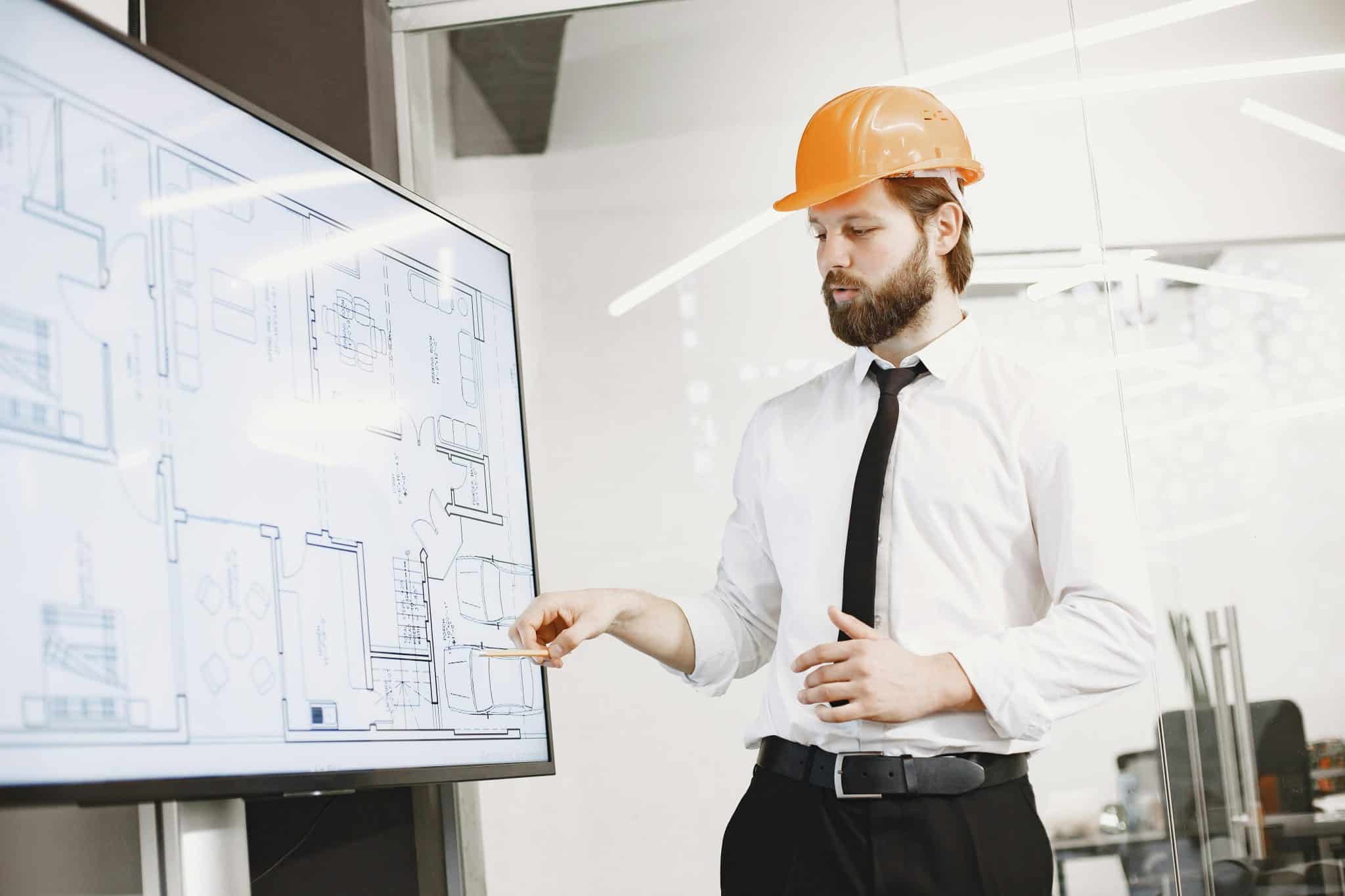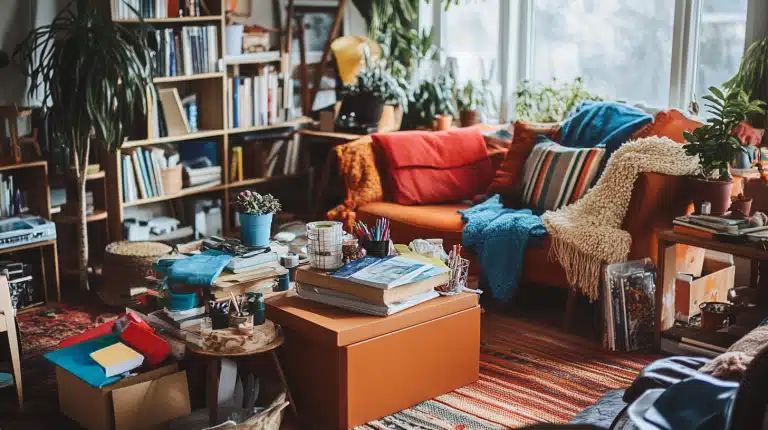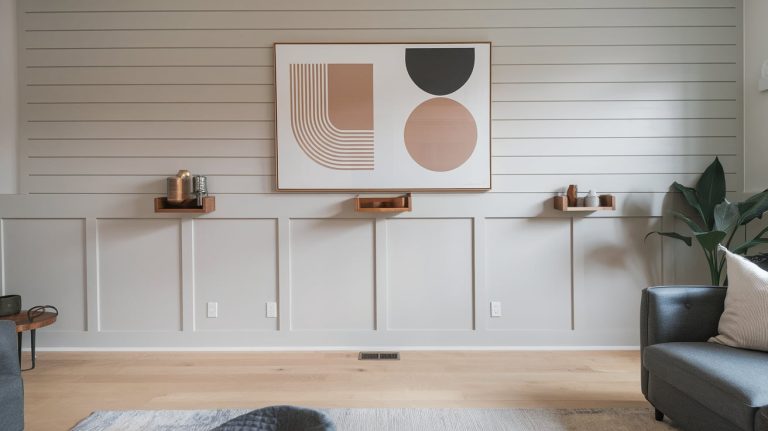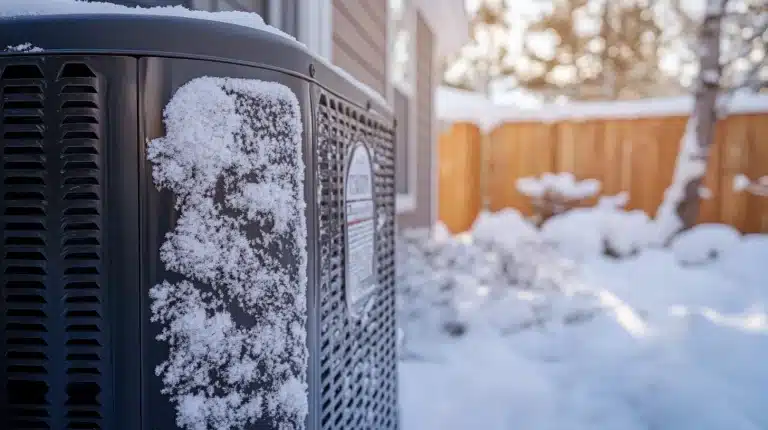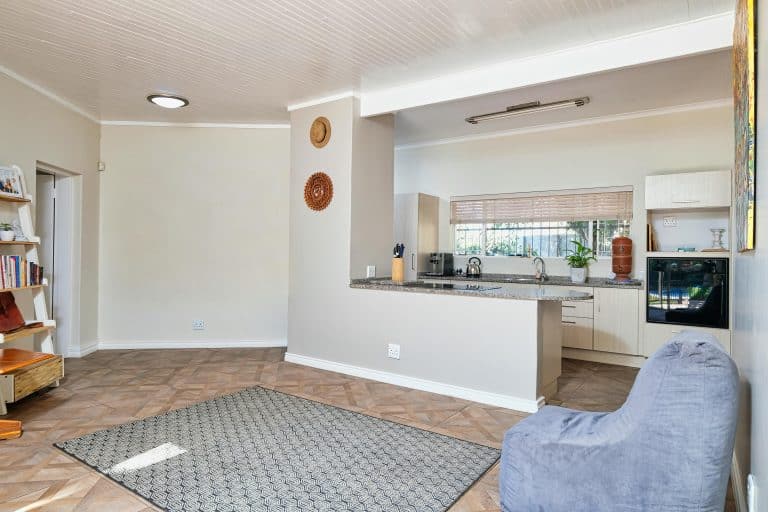Beyond Conventional Barriers: Innovative Moisture Defense Solutions for Resilient Modern Construction
Waterproofing is now a crucial aspect of construction, ensuring long-term performance, longevity, and sustainability. With rapid advancements in construction technologies, the importance of innovative materials and solutions has increased. These solutions not only prevent water infiltration but also enhance structural integrity, promote healthier indoor environments, and encourage eco-friendly designs.
To ensure your project leverages these state-of-the-art waterproofing systems effectively, it’s crucial to partner with experienced waterproofing contractors Sydney, who are not only knowledgeable about the latest methods but also skilled at integrating them seamlessly into complex builds. This article explores the latest advancements in waterproofing, highlighting the transformation of the field from traditional methods to innovative solutions.
It highlights the importance of understanding these advancements for property developers, architects, and facility managers to make informed investments that ensure long-term value, operational efficiency, and durability in the contemporary building industry.
Advanced Membrane Systems
The evolution of membrane technology has significantly improved the waterproofing industry. Modern membrane systems are designed for durability, adaptability, and compatibility with various substructures and environments. High-performance options, such as liquid-applied membranes, hot-melt sheets, and self-adhesive rolls, provide a seamless barrier that adheres tightly to challenging surfaces.
These innovations address traditional weak points in waterproofing, such as joints, detailing, and transitions, ensuring continuous protection across horizontal and vertical surfaces. Their flexibility allows them to expand and contract with building movement, reducing cracking and leaks.
Self-Healing Membranes
Taking membrane performance a step further, self-healing membranes mark a revolutionary leap in proactive risk management and maintenance reduction. These systems incorporate embedded microcapsules filled with specialized agents that activate as soon as the membrane is damaged or punctured.
When breaches occur, the microcapsules rupture, releasing their contents directly into the opening to instantly fill, seal, and restore the integrity of the waterproof barrier. This self-healing process provides exceptional protection against ongoing water ingress, dramatically reducing repair frequency and extending the practical lifespan of the waterproofing, even in active structures or challenging environments where minor punctures are inevitable.
Eco-Friendly Waterproofing Materials
The demand for sustainable waterproofing systems has increased due to the growing importance of environmental stewardship in construction practices. Manufacturers are now offering materials with low or zero volatile organic compounds, ensuring minimal impact on indoor air quality and occupant well-being.
These eco-friendly materials strike a balance between technical performance and environmental impact, enabling professionals and developers to meet international green building certification criteria.
Recyclable and Biodegradable Options
Leading the movement toward circular construction are modern waterproofing solutions designed specifically with disassembly and end-of-life recycling in mind. Recyclable and biodegradable membranes and coatings enable buildings to achieve stringent sustainability benchmarks while minimizing landfill and environmental harm.
In addition to benefiting the natural environment, these solutions resonate with clients and stakeholders who prioritize green building, often resulting in lower lifecycle costs due to simpler decommissioning and reduced compliance obligations.
Nanotechnology-Enhanced Coatings
Nanotechnology is revolutionizing waterproofing by creating ultra-fine, high-performance coatings that form a hydrophobic barrier at the molecular level. These coatings, despite being invisible, significantly increase resistance to moisture penetration, UV exposure, and chemical attack.
They are ideal for preserving designer facades, rooftops, and infrastructure in challenging climates or high-traffic environments, preventing efflorescence and chemical degradation, and delivering lasting protection and cost benefits.

